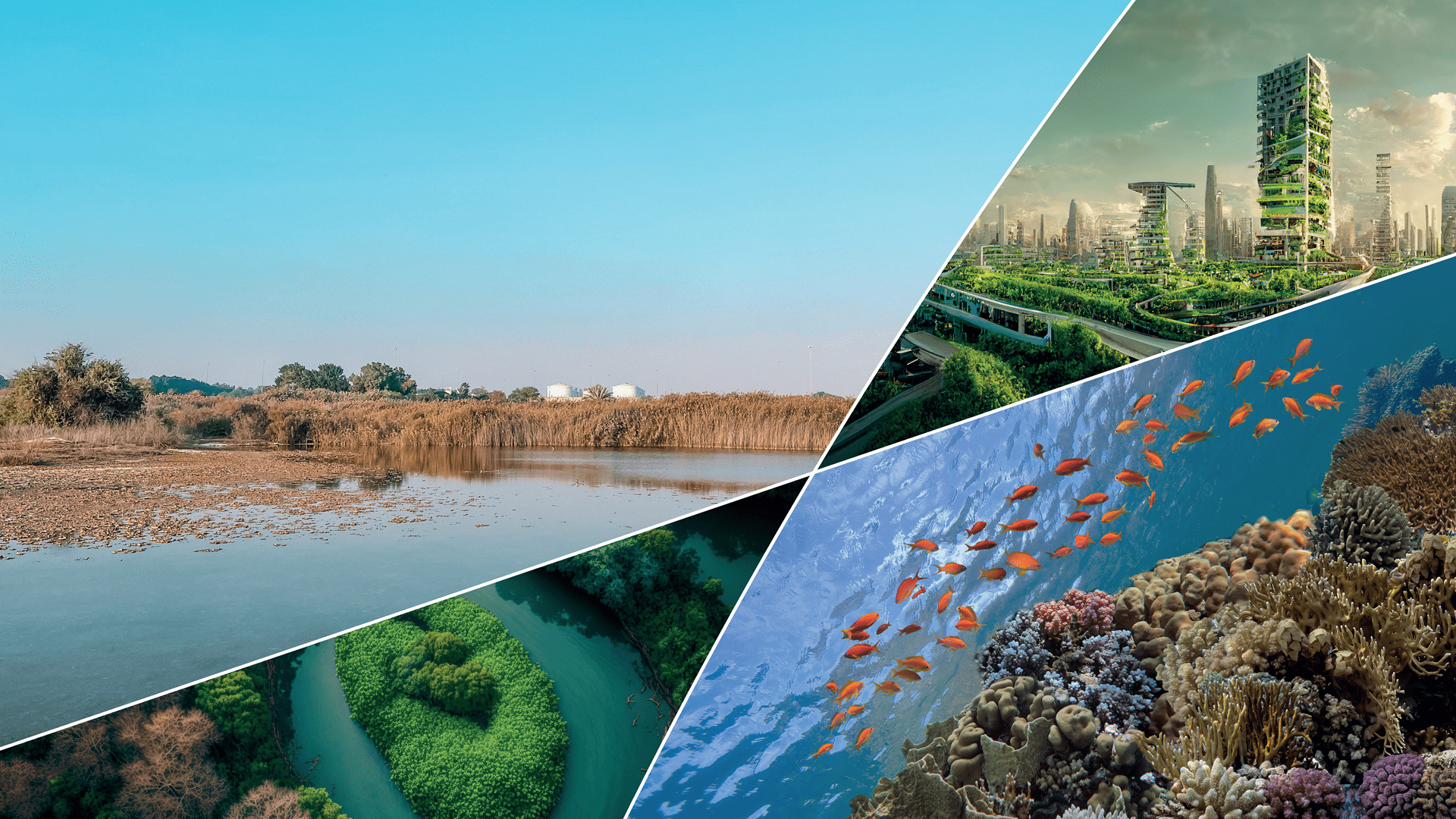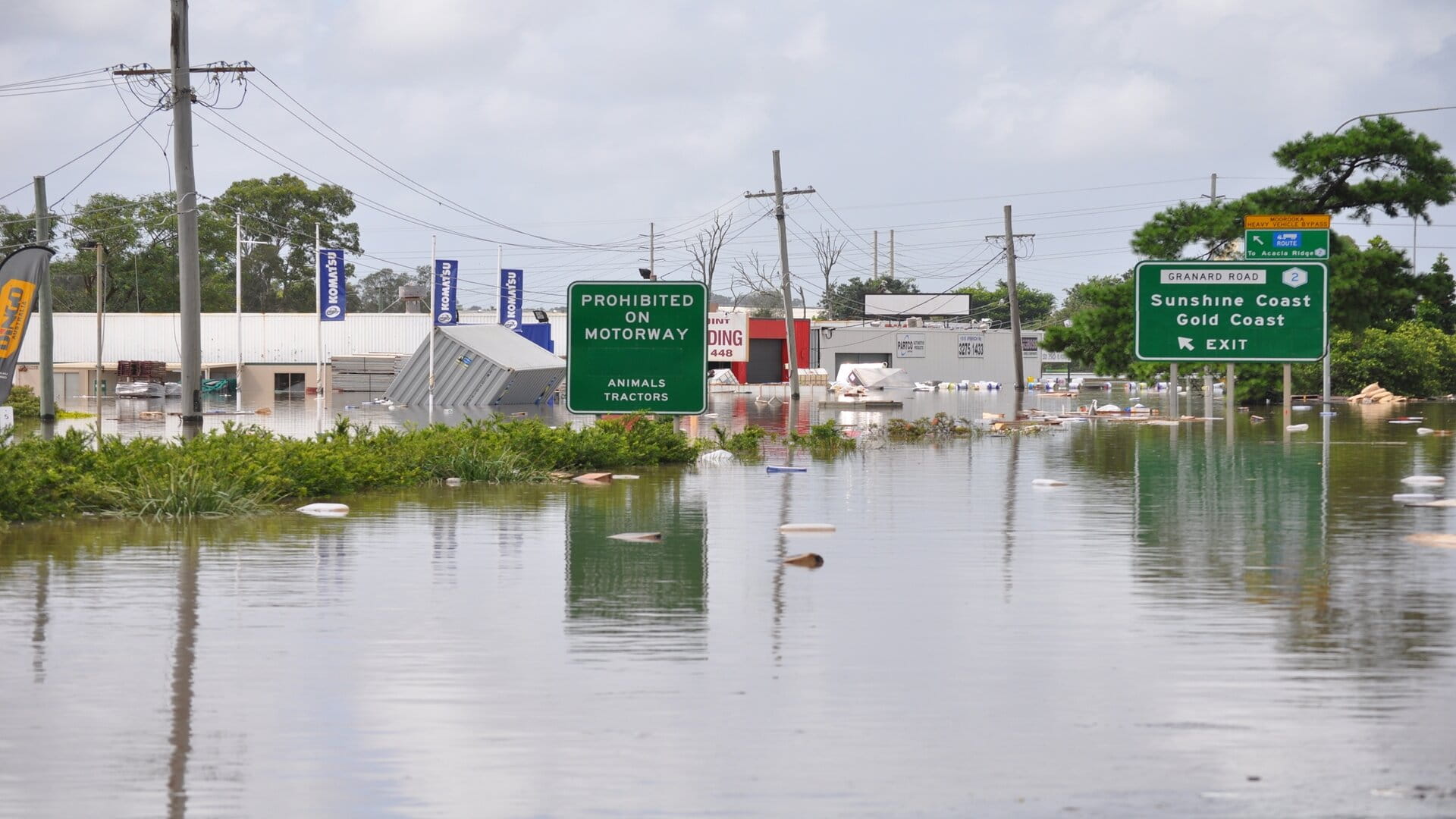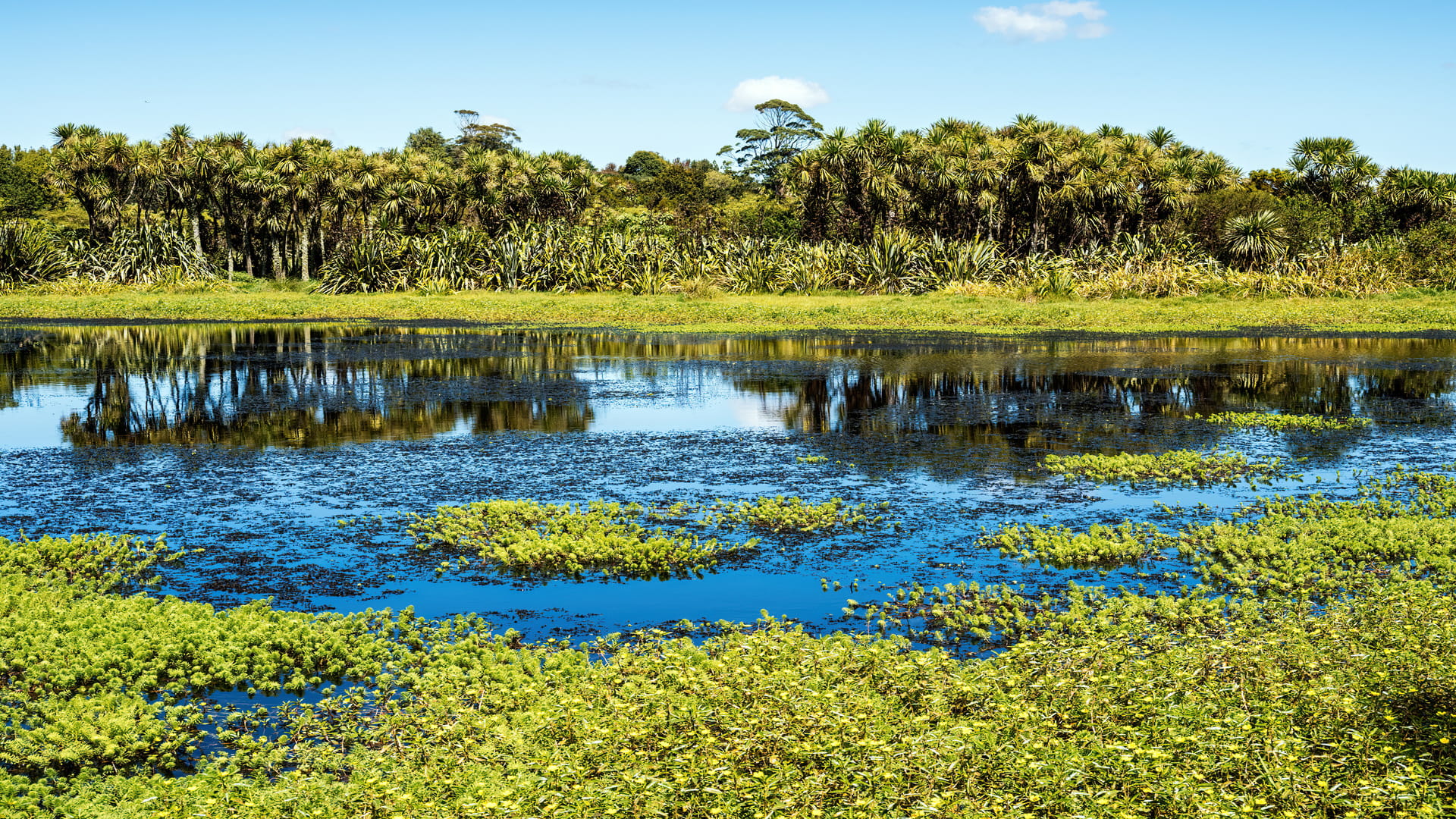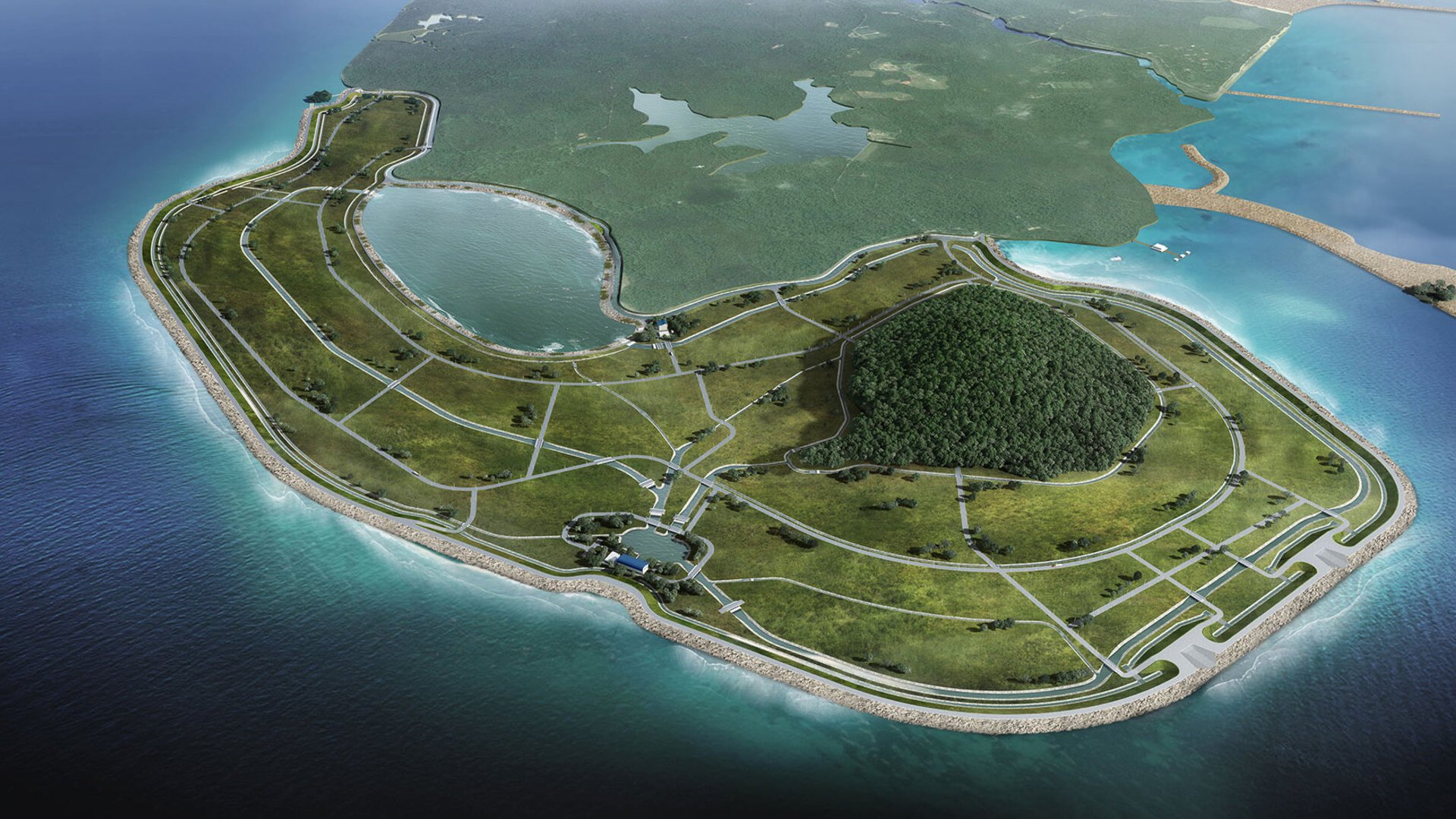Nature-based solutions: What are they and why are they so vital?

What are nature-based solutions?
Nature-based solutions incorporate the processes and functions already present in nature to solve problems in society. This can include anything from filtering the air in cities with leafy trees or moss to planting mangroves to protect the coast or restoring wetlands to reduce flood risk.
Compared to traditional approaches, these solutions tend to make more sense from an economical, societal, and environmental perspective – and yield better results for our people, communities, and planet.
In fact, the 2022 UN Report State of Finance for Nature found three of the five most effective strategies for reducing emissions are nature-based solutions: ecosystem protection, restoration, and improved farmland management. And many institutions, like The World Bank, actively seek to support nature-based solutions, and increase that support worldwide.
Nature-based solutions offer a triple win – providing the means to cost-effectively reach biodiversity, climate, and restoration targets. And in the current economic uncertainty, this is a win you can’t ignore.
The adaptive, effective approach
Climate change is increasing at pace. And that means we need to make sure the solutions we build today, will still be effective tomorrow.
Nature-based solutions are often more adaptive than conventional ones. Take coastal protections, for example. As sea levels rise, mangrove fringed coasts naturally grow, too – and continue to protect the coast. A concrete wall on the other hand is just that – concrete. It can’t adapt.
There is also a strong multi-functional element to many nature-based solutions. As well as reducing disaster risk and improving food and water security, they provide the foundation for economies and societies to thrive – contributing to peace, equity, development, and prosperity.
Introducing plants and trees to a city will help improve air quality, lower air temperature, and help water management. But the secondary benefits can be just as important. More green spaces will create areas for people to enjoy for leisure, exercise, and recreation – and can benefit mental health, too.
And you can actively consider biodiversity in the design process for a nature-based solution. Planting mangrove trees in coastal areas both helps protect communities from storms and creates a habitat for plants and animals, like fish and birds, to thrive in that area.
Developed to suit your environment
A nature-based solution has to be tailored to your specific problem, location, and environment. Which means, before starting to design one, you need to understand both the socio-economic needs your project will address, and complexities and needs of the natural systems you’ll be augmenting.
It’s also worth noting that nature-based solutions often don’t stand alone. They can be combined to maximise their suitability and effect.
At Waddinxveen, a 29km2 municipality along the Gouwe River in Western Netherlands, we suggested using trees for cooling, water-retentive mosses to alleviate flooding, and drought-resistant shrubs to maximise biodiversity during dry periods. Together, these measures increase both biodiversity and climate resilience.
And in North Norfolk, UK, hard sea defences weren’t an option to protect the Bacton Gas Terminal and several coastal villages as it would only move the problem further along the coast. Instead we helped create a new 6-kilometre-long, 7-metre-high beach which will protect the community for decades.
Nature-based solutions are the future
At Royal HaskoningDHV, we champion nature-based solutions as a key part of our mission to enhance society together – it’s common practice and a huge part of our way of working.
There is no fix-all solution. As our environments change our solutions need to evolve, too. That’s why we combine our technical and engineering expertise with financial feasibility and a deep understanding of how to deliver the right solution for the right environment.
We have specialist consultants in a host of areas, including maritime, water, and climate resilience. Drawing on our global experience, we deliver innovative ideas for every project we’re part of, and back them up with cutting-edge technology to optimise their execution.
Every project has a place for nature-based solutions – whether enhancing resilient cities, living rivers, healthy lakes, or natural coasts. Even in highly modified systems, with structural solutions, adding nature-based solutions can improve the functioning of these systems.
And as sea levels continue to rise and extreme weather gets even more frequent, the need for natural, sustainable, and effective solutions will only grow.

Nature-based solutions can increase biodiversity, protect communities, and enhance societies. They’re the future, and it’s an exciting future to be a part of.
Related services
Want to know moreor got a question?
Contact our Climate Resilience experts!



